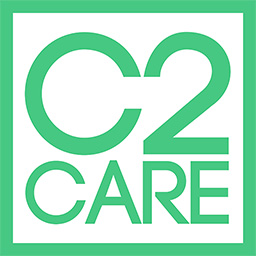What is mysophobia?
Mysophobia, from the ancient Greek músos (“abomination, defilement”) and phóbos (“fear, dread”), is the fear of contamination, dirt and germs.

1. What is mysophobia?
Mysophobia, from the ancient Greek músos (“abomination, defilement”) and phóbos (“fear, dread”), is the fear of contamination, dirt and germs.
It translates into an excessive, irrational and/or disproportionate fear of places, objects or situations considered dirty. We can find situations that are considered by most people as dirty, but the risk of contamination will be exaggerated and the anxiety that results from it will also be exaggerated. One can also find a disproportionate anxiety that certain objects or situations are dirty when nothing suggests a risk of contamination. It is important to note that the fear here is not specifically of catching a disease (this is called nosophobia) or the exaggerated fear of suffering from a disease (hypochondria). The main concern is coming into contact with dirt. However, mysophobia and nosophobia are commonly found in the same person. Another important sign of phobia is the repeated avoidance of anxiety-provoking situations. The goal of the avoidance will be to avoid confronting the anxiety, or to decrease the intensity of the emotion felt. Not touching door handles, not taking the subway, not going to public toilets are all examples of mysophobic avoidance. In parallel with avoidance, there are extreme reassuring behaviors whose objective is to bring down the anxiety as quickly as possible when it is encountered. Washing hands or taking showers following a worrying contact, intensive cleaning regularly, use of disinfectant household products, for example.2. What is the difference between OCD and mysophobia?
Obsessive Compulsive Disorders (OCD) related to contamination and washing may show signs similar to mysophobia. However, there are differences in terms of thoughts and behaviors.
In terms of thoughts, in OCD, we find obsessions, that is to say intrusive thoughts, often catastrophic. The ritualized behaviors are intended to calm these thoughts, and the feared consequences are not always linked, or only remotely linked, to the behavior (for example “If I don’t wash my hands 3 times, I risk contaminating my family and they might die”). The person suffering from OCD is aware that this link is irrational or disproportionate, but the thoughts are so strong that it seems impossible to resist their impulse.In mysophobia, the worries are often logical but disproportionate, and the perceived risk is greatly exaggerated. At the behavioral level, whether in OCD or mysophobia, the goal of the behaviors will be to relieve the anxiety. However, in OCD, the behaviors are ritualized to the extreme and must follow a very precise pattern (for example, washing hands a number of times that is a multiple of three or following precise steps in a sequence). In mysophobia, washing behaviors can take on extreme proportions but they are not ritualized. In addition, there is a lot of avoidance of risky situations.
